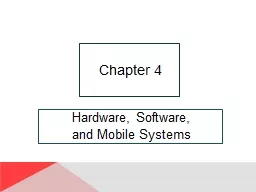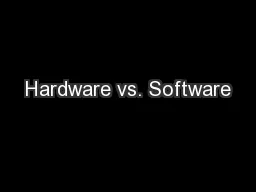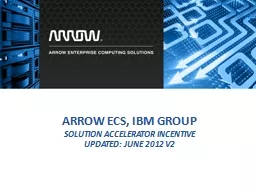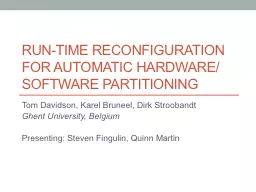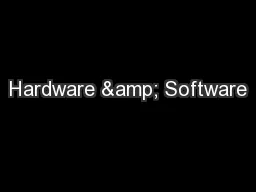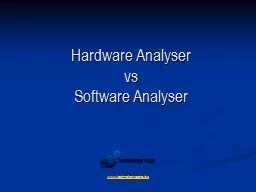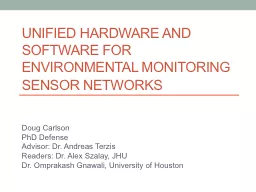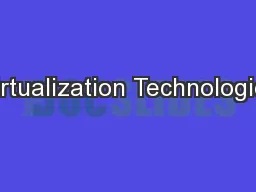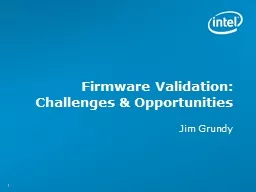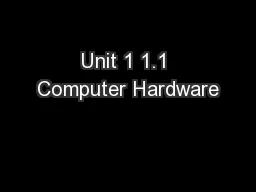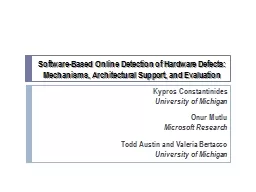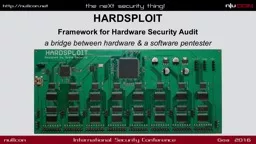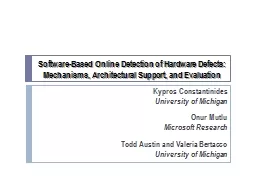PPT-Hardware, Software,
Author : phoebe-click | Published Date : 2017-10-14
and Mobile Systems Chapter 4 If We Dont Have an iPad App We Dont Have a Business GearUp not competitive without iPad app Lack of knowledge could waste money
Presentation Embed Code
Download Presentation
Download Presentation The PPT/PDF document "Hardware, Software," is the property of its rightful owner. Permission is granted to download and print the materials on this website for personal, non-commercial use only, and to display it on your personal computer provided you do not modify the materials and that you retain all copyright notices contained in the materials. By downloading content from our website, you accept the terms of this agreement.
Hardware, Software,: Transcript
Download Rules Of Document
"Hardware, Software,"The content belongs to its owner. You may download and print it for personal use, without modification, and keep all copyright notices. By downloading, you agree to these terms.
Related Documents

